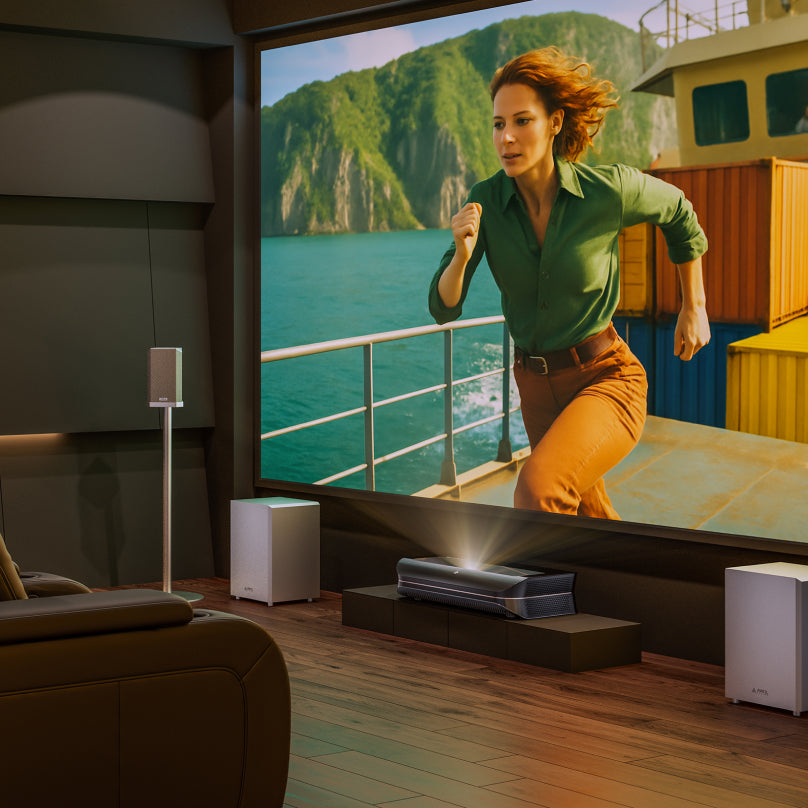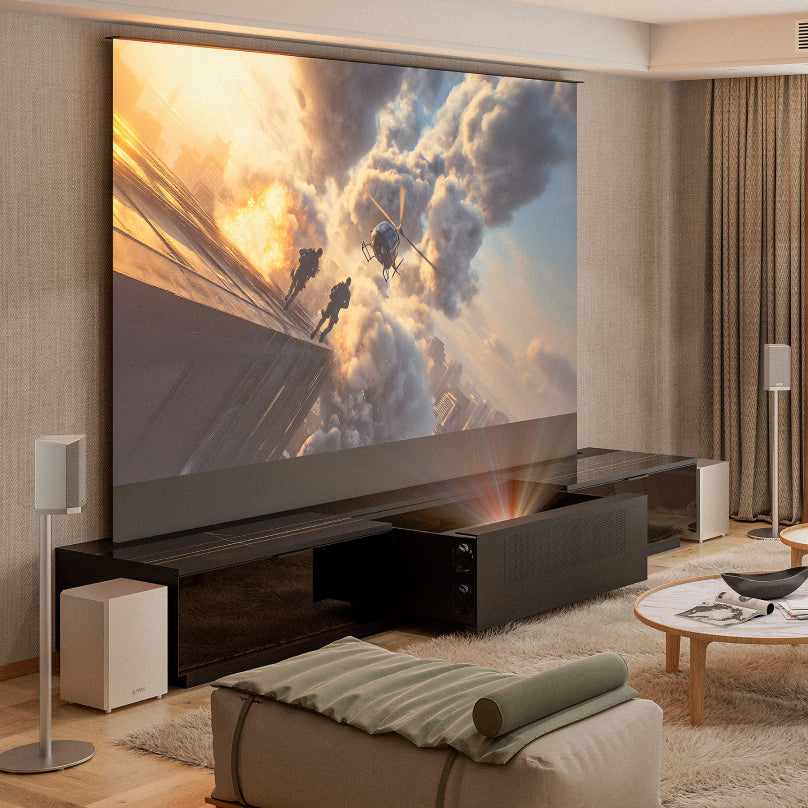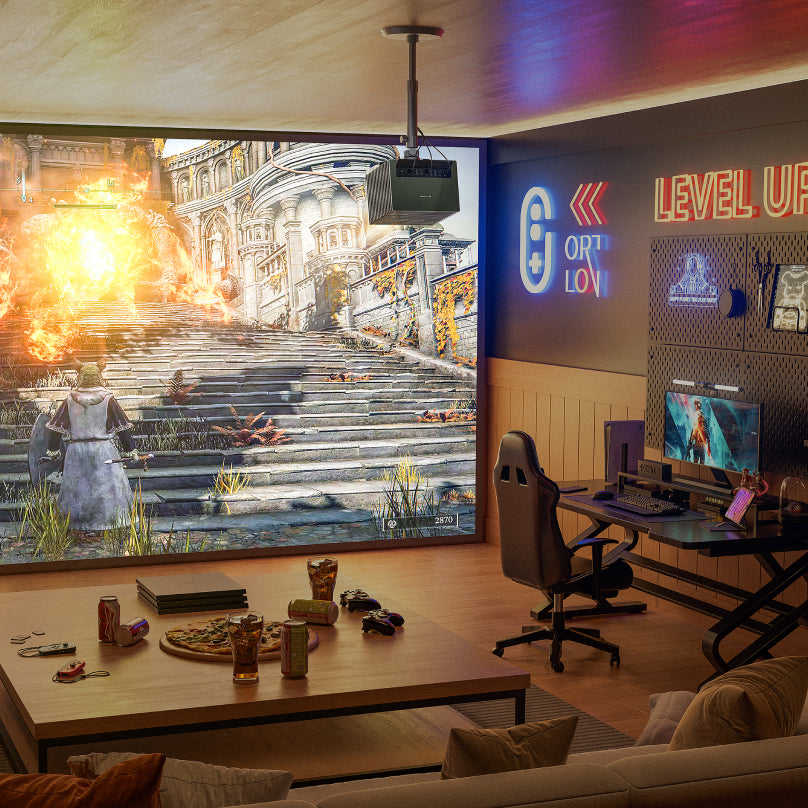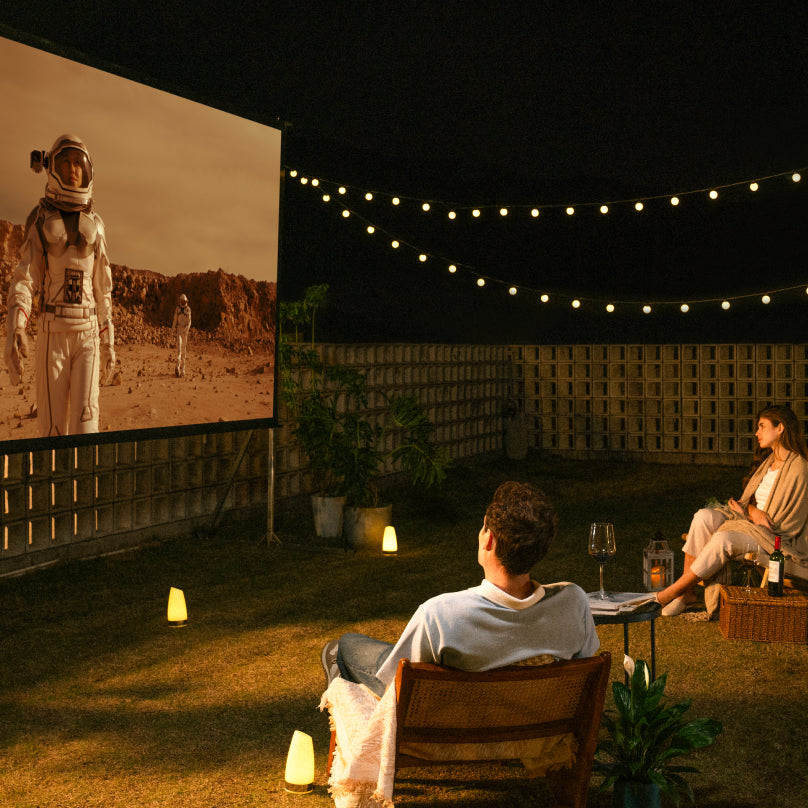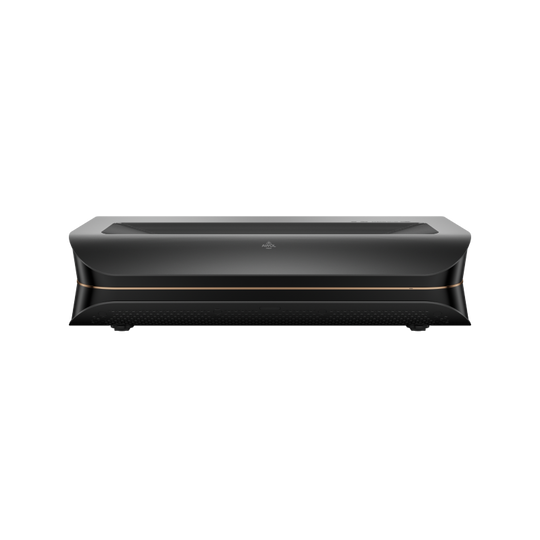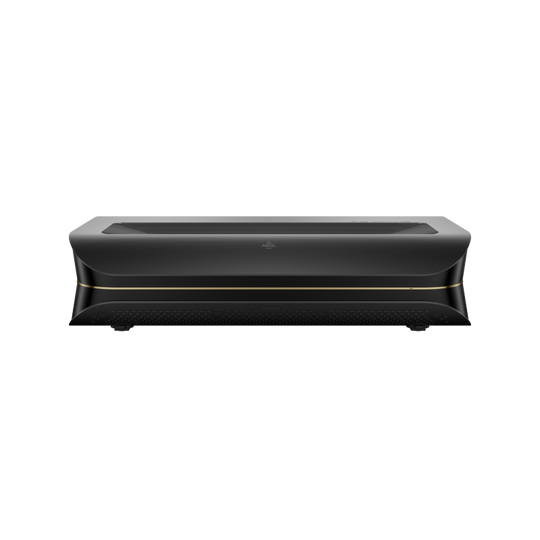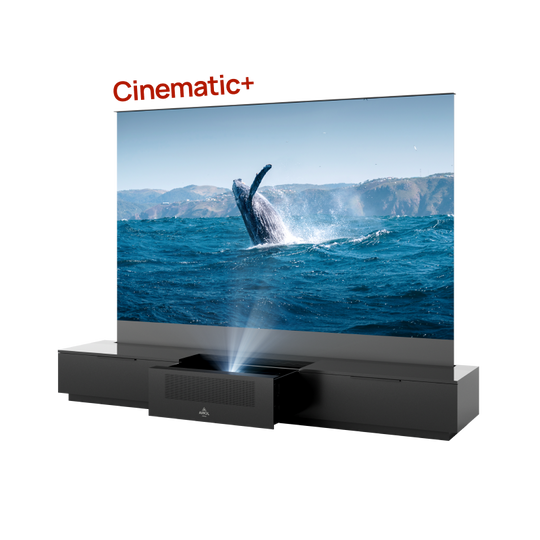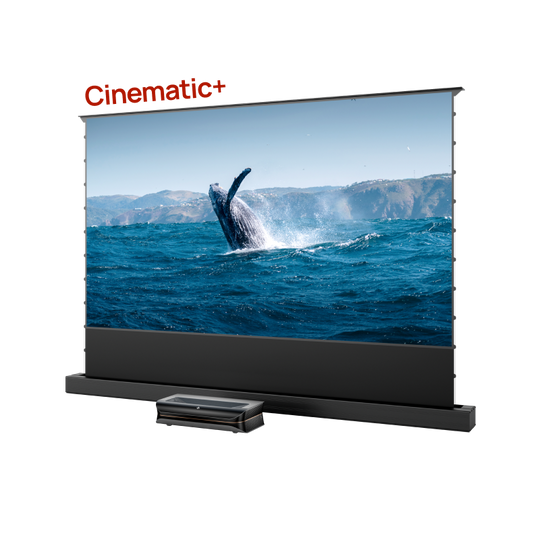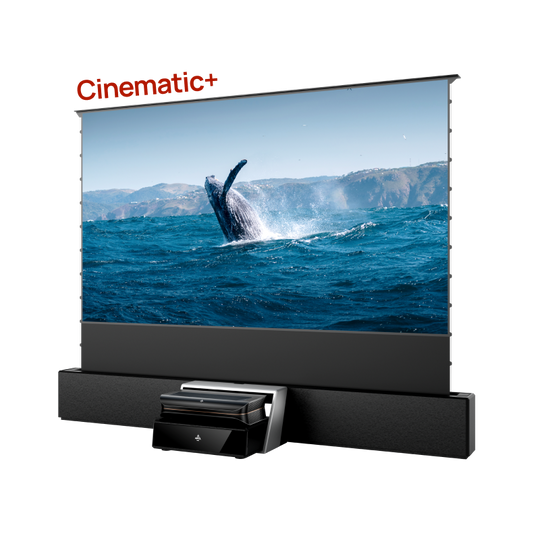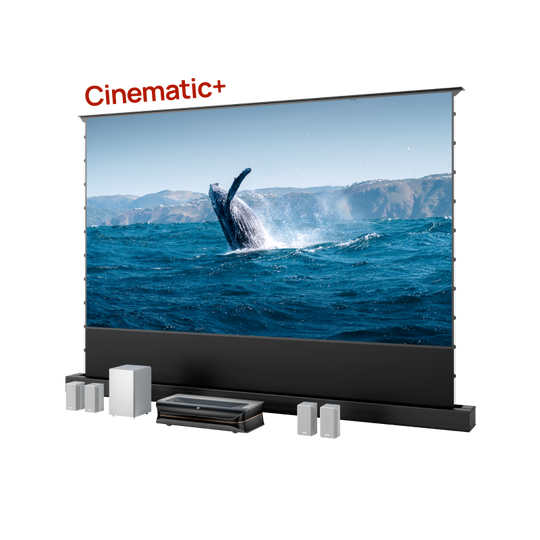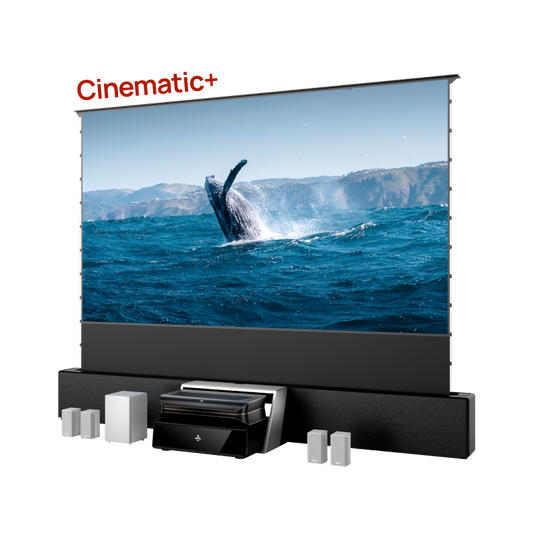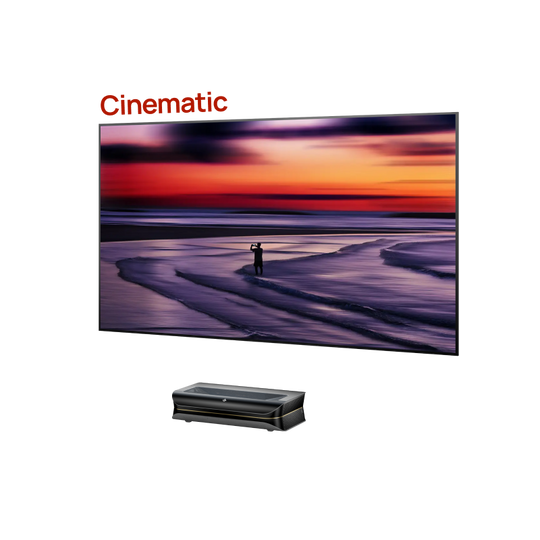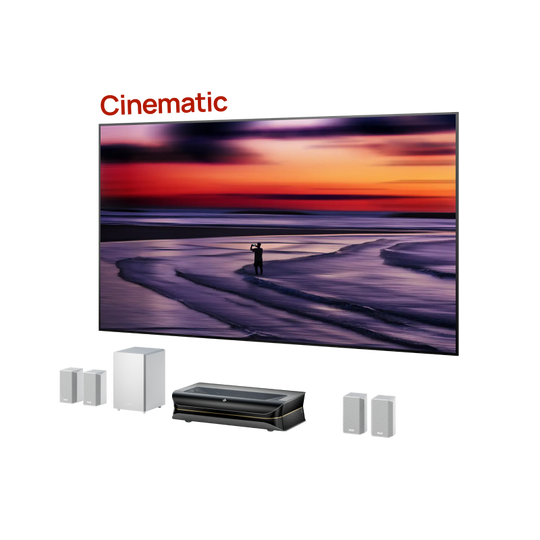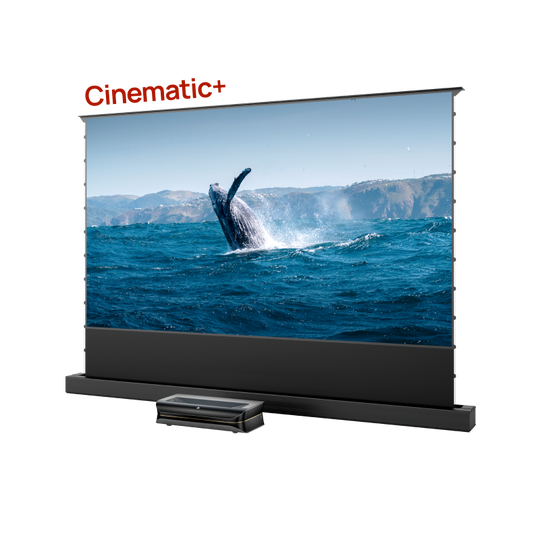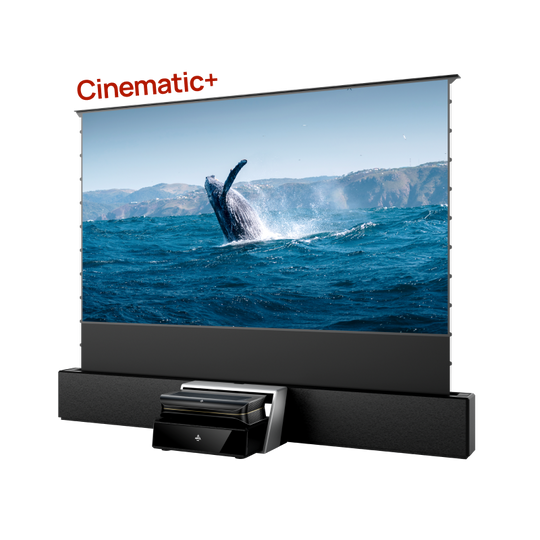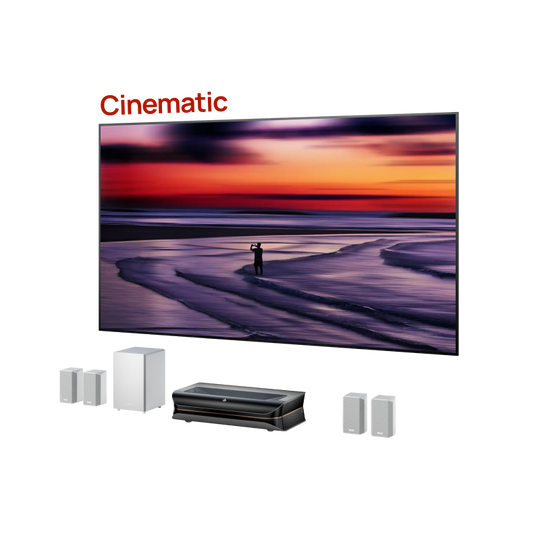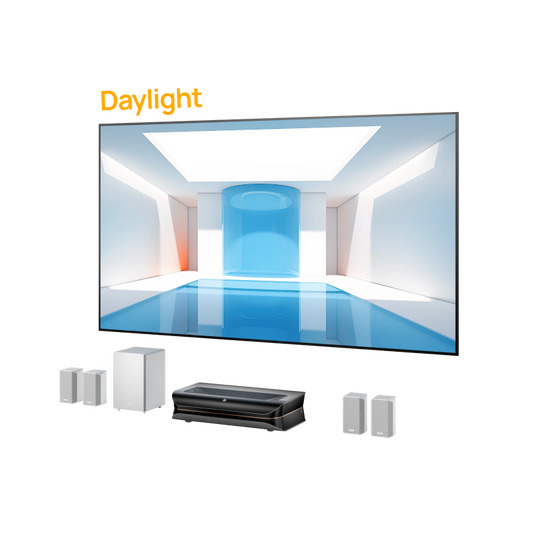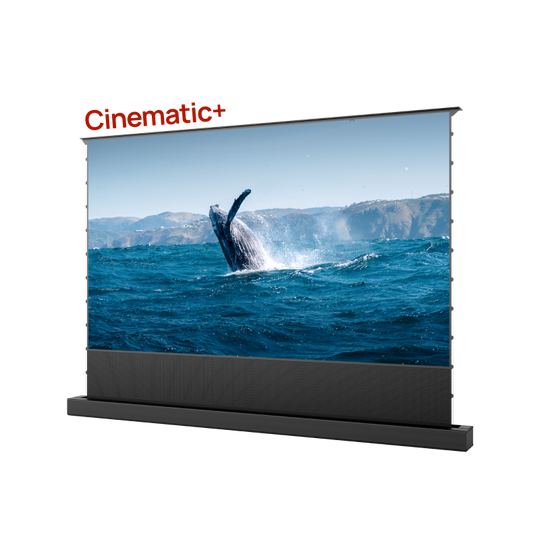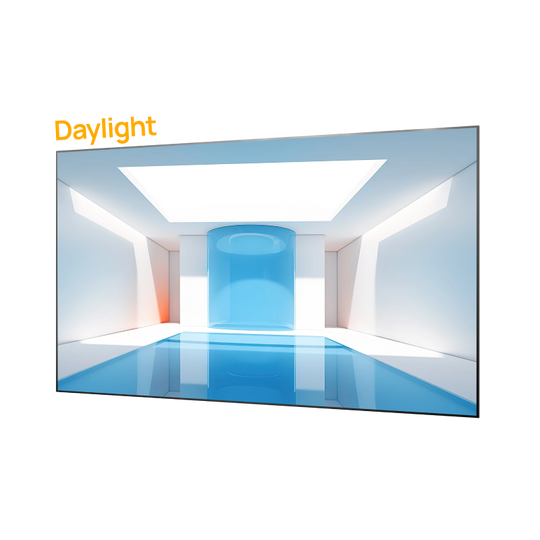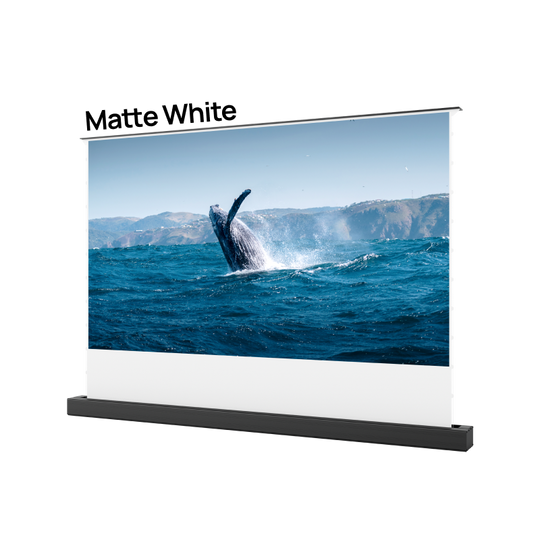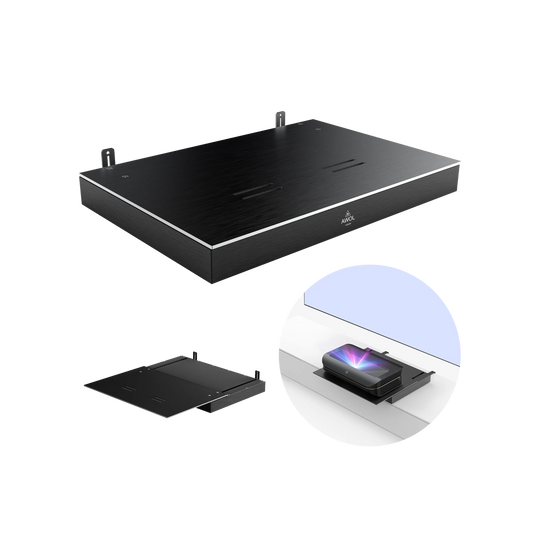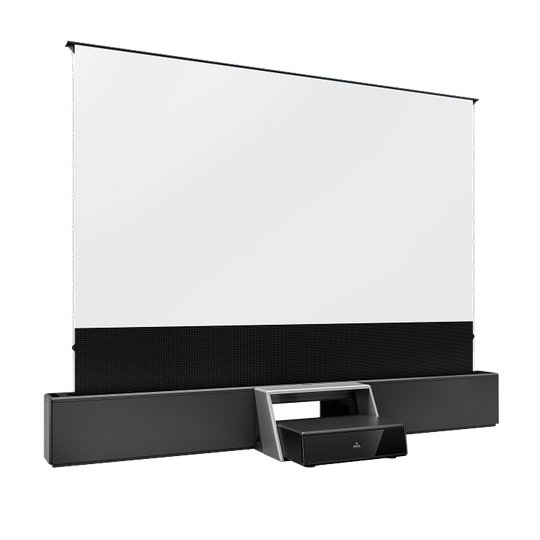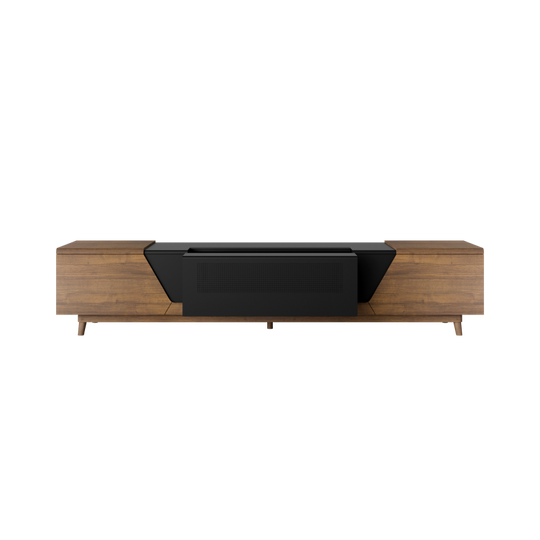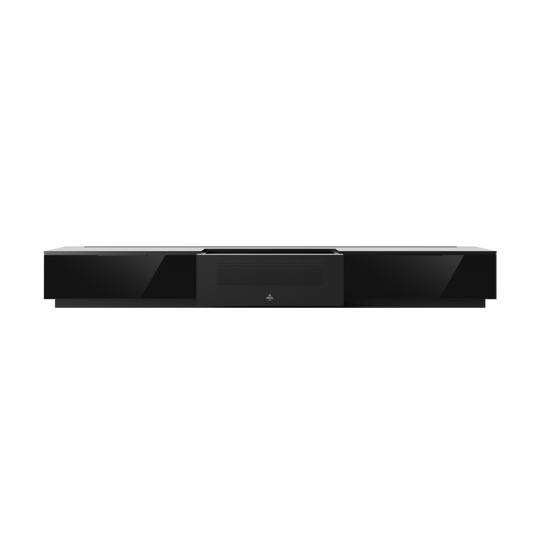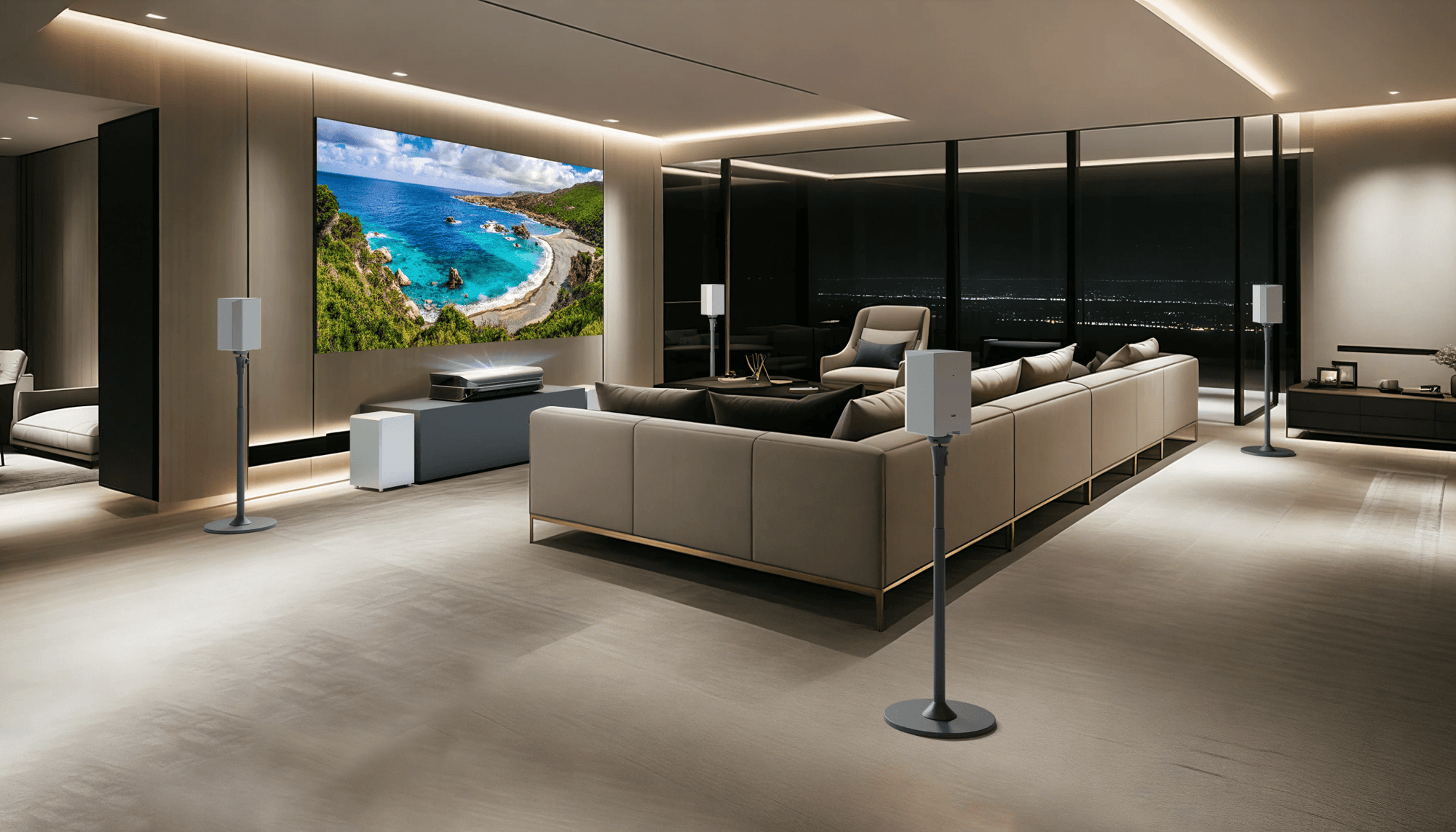Choosing the right screen size is crucial for an optimal viewing experience. A suitably sized screen ensures you can enjoy movies, games, or shows without causing eye strain or discomfort. In this guide, we'll show you how to calculate the ideal screen size based on your seating distance so that you can create an immersive viewing environment in your home.
General Rule of Thumb for Calculating Screen Size
When choosing the correct screen size, a simple rule of thumb is to select a screen width that falls between 1/2 and 1/3 of your seating distance. This general guideline ensures a comfortable viewing experience without overwhelming you.
For instance, if your seating distance is 120 inches, the ideal screen width would be between 40 and 60 inches. This range provides a balanced viewing experience, offering an excellent immersion blend without making viewers constantly turn their heads.
The Formula for Calculating Screen Size:
- Screen Width = Seating Distance / 2 to 3
- Screen Diagonal (for 16:9 aspect ratio) = Screen Width / 0.871
These simple calculations can help you determine the correct screen size for your room and viewing needs.

Using THX Recommendations for Immersive Viewing
THX guidelines can be a helpful reference for those looking for a more cinematic experience. THX recommends selecting a screen size with a horizontal viewing angle of about 36 degrees, providing a more immersive experience like a movie theater.
The wider viewing angle keeps you engaged with the content, much like sitting in the center seats of a cinema. For a seating distance of 120 inches, the THX formula gives an ideal screen width of approximately 78 inches. This lets you get lost in the action without missing any part of the experience.
THX Guidelines for Immersive Viewing:
THX guidelines can be a helpful reference for those looking for a more cinematic experience. THX recommends selecting a screen size with a horizontal viewing angle of about 36 degrees, providing a more immersive experience like a movie theater.
The wider viewing angle keeps you engaged with the content, much like sitting in the center seats of a cinema. For a seating distance of 120 inches, the THX formula gives an ideal screen width of approximately 78 inches. This lets you get lost in the action without missing any part of the experience.
The THX guidelines Formula:
Using 120 inches as the distance and aiming for a 36-degree angle:
This gives you a more cinematic, immersive experience, ideal for home theaters.
Conversion for Standard Aspect Ratios
It's essential to understand screen aspect ratios when choosing a projector screen, as they determine how content is displayed. Most modern content uses the 16:9 aspect ratio, which is ideal for movies, TV shows, and gaming.
To convert screen width to diagonal size for a 16:9 screen, you can use the formula:
Screen Diagonal = Screen Width / 0.871
For example, if your screen width is 60 inches, the diagonal size would be approximately 69 inches. This conversion helps you choose the right screen that fits well in your room and provides the best viewing experience.
Factors to Consider When Choosing Screen Size
-
Room Size and Layout: The dimensions and layout of your room play a significant role in determining the right screen size. Larger rooms may accommodate larger screens, but staying within the general guidelines is important for a comfortable experience.
-
Viewing Habits: Consider what you'll be using the screen for. Movie lovers prefer a larger screen for immersive viewing, while gamers may want to balance screen size and response speed.
-
Projector vs. TV Setup: Calculations may differ slightly for projectors compared to TVs. Projectors must consider throw distance and screen size carefully to ensure the best picture quality.
Common Mistakes When Choosing Screen Size
-
Ignoring Viewing Angles: Failing to consider viewing angles can lead to discomfort, as viewers may need to move their heads to see different parts of the screen. To avoid this, make sure the screen size matches your seating distance.
-
Not Accounting for Aspect Ratio: Incorrectly calculating screen size without considering aspect ratio can lead to distorted images, black bars, or stretching. Always account for aspect ratio to ensure the best visual quality.
Step-by-Step Guide: Calculate Your Ideal Screen Size
Here's a simple step-by-step guide to help you calculate the ideal screen size:
-
Measure Your Seating Distance: Measure the distance between your seating position and the screen location.
-
Apply the General Rule: Divide your seating distance by 2 or 3 to determine the ideal screen width.
-
Convert to Diagonal Size: Use the formula for a 16:9 aspect ratio to calculate the diagonal size.
-
Check the Viewing Angle: Ensure the screen provides a comfortable viewing angle, preventing eye strain or neck discomfort.
To simplify the calculation process, consider using a visual aid, like a chart showing seating distance vs. ideal screen size.
Wrapping Up Your Screen Size Calculation Journey
Choosing the right screen size is all about optimizing your viewing experience. By considering seating distance, room layout, and aspect ratios, you can create an immersive environment that’s both comfortable and visually stunning. Use the guidelines and formulas we’ve shared to find your perfect screen size, and don’t forget to enjoy the experience!
Do you have any questions or thoughts? Feel free to share them in the comments below—we’d love to hear from you!
